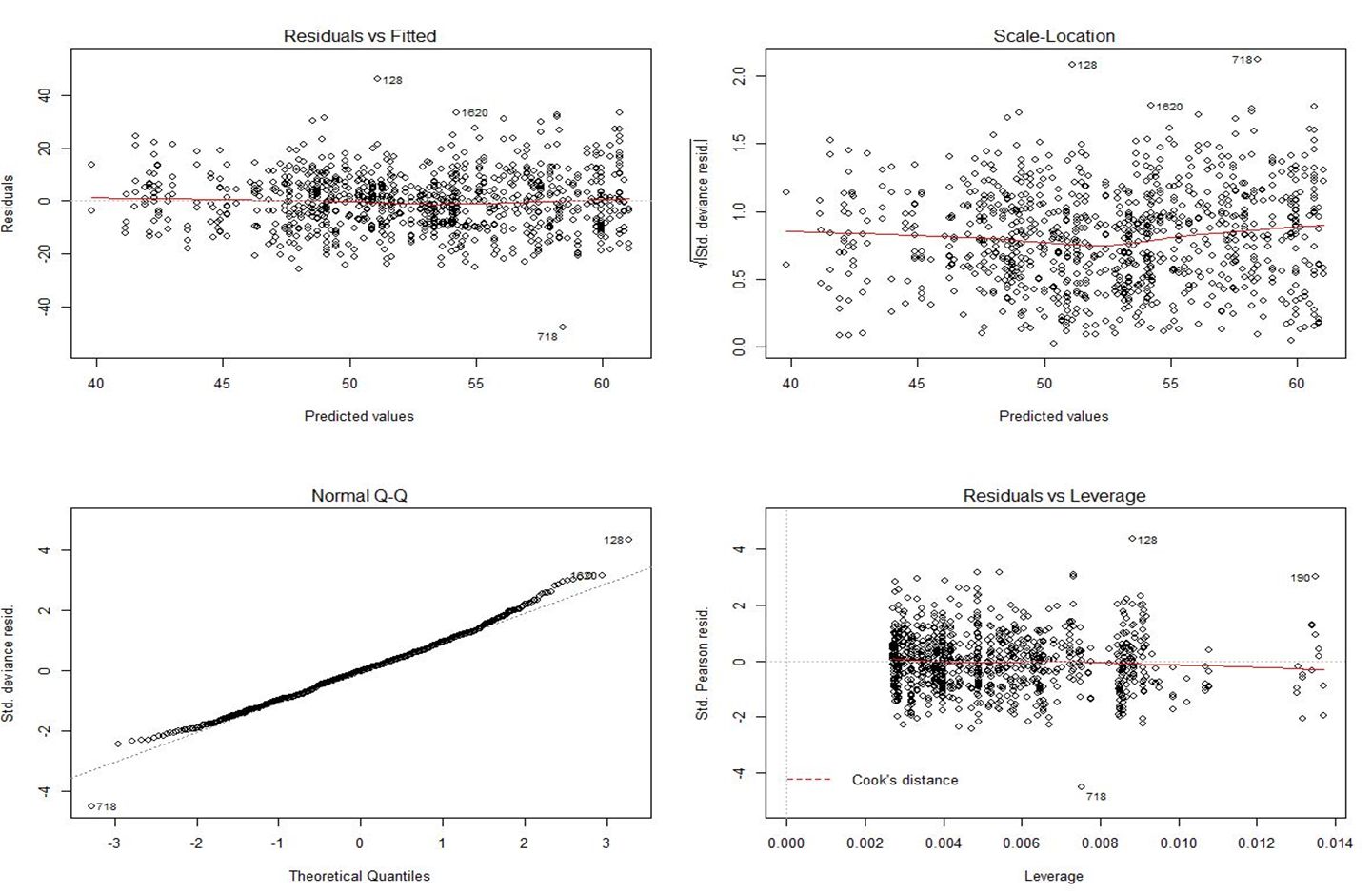
A key advantage of driving simulator experiments refers to the fact that they can be used to examine driving behaviour in a controlled environment which helps provide insights into situations that are difficult to measure in a naturalistic driving environment such as unexpected incidents and cell phone use. In addition, driving simulators can give precise information regarding lateral vehicle positioning in a virtual world. The objective of the present research is to investigate the effect of distraction sources, driver and road characteristics on the difference of lateral position variability after an unexpected incident. For this purpose, a driving simulator experiment was carried out, in which 95 drivers from all different age groups (young, middle aged and older) were asked to drive under different types of distraction (no distraction, conversation with passenger, cell phone use) in rural and urban road environment, in low and high traffic conditions whereas in each driver 24 unexpected incidents where programmed to occur while his driving tasks. Then in the data processing a database is developed including the average values of several driving performance parameters for a time period of 30 seconds before and 30 seconds after the event. Results indicate that several parameters are found to significantly affect the difference of lateral position variability after an unexpected event. Focusing on distraction, cell phone use increased the difference of lateral position variability indicating that drivers while talking and holding the cell phone achieved significantly different positioning of the vehicle on the road after an unexpected event.
| ID | pc333 |
| Presentation | |
| Full Text | |
| Tags | driver behaviour, driving simulator, statistical modelling |







